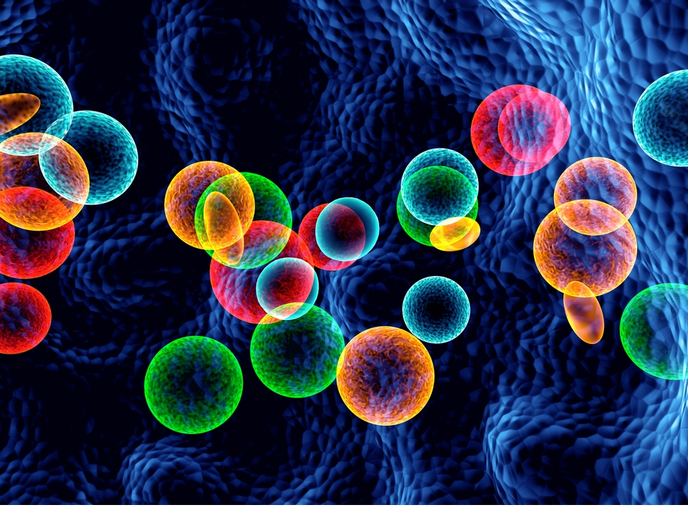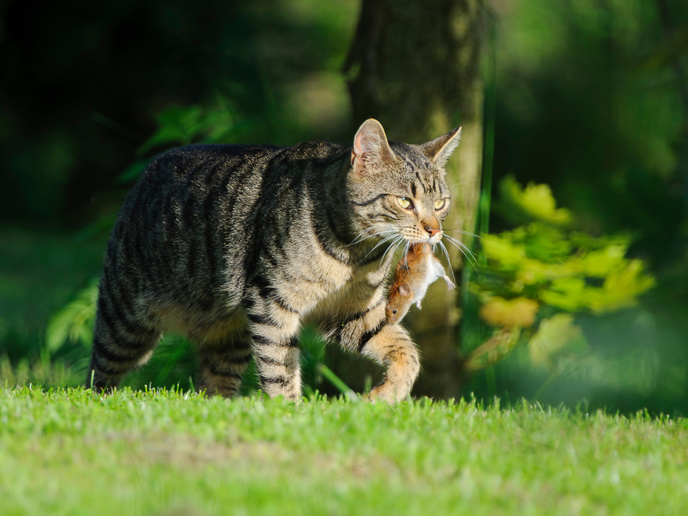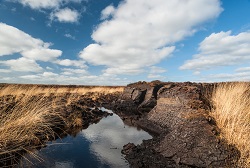Microbial cell factories for more sustainable production processes
Humanity has made a habit of producing the chemical compounds it needs from fossil fuels, with the consequences we know in terms of high energy consumption, CO2 emissions and toxic waste products being released into nature. But what if we could produce our amino acids, food colourings or plastic monomers with microorganisms? After all, don’t fossil fuels have microbial origins too? For years now, industrial biotechnology has been aiming to use microorganisms or their enzymes to convert sugars into the many compounds the chemical industry provides, only through a more sustainable process. But to make this possible, researchers first need to identify which microorganisms produce which compound and to what extent. “The idea is to engineer microorganisms and ‘force’ them to channel their energy into the production of chemicals instead of focusing on growth and replication. But we often do not know how to maximise product formation in the given microorganism. To circumvent that problem, we have to create hundreds or thousands of variants of the same microorganism and characterise them individually. This calls for big investments in terms of money, workforce and time,” says Jan Marienhagen, head of department: Synthetic Cell Factories, at the Jülich Research Centre in Germany. To overcome these problems, Marienhagen began the CUSTOM-SENSE (Custom-made biosensors – Accelerating the transition to a bio-based economy) project in May 2015, which is funded by the European Research Council (ERC). “We have two core objectives,” he explains. “The first is to find out whether we can design and construct biosensors to look into a single cell to get an idea of how much it produces. The second is to deliver a solution capable of evaluating the production capacity of millions of cells very swiftly without the need to culture them.”
Biosensors and trackers
Concretely, CUSTOM-SENSE is working on a range of biosensors that can detect interesting chemicals directly in single cells. Each sensor scans for a defined compound and, once it finds it, forces the microorganism to emit fluorescence as it produces this compound. The more compound a microorganism produces, the more fluorescent it gets. Of course, analysing one cell at a time would be impossible, so Marienhagen and his team combine their biosensor approach with machines called fluorescence-activated cell sorters (FACS). “We can look at up to 80 000 cells per second. With so much ‘screening power’, the idea of producing thousands – or even millions – of cell variants and seeing how each change affects product formation is no longer a dream. It can be realised. This means not only powerful production strains, but also more insights into the microbial metabolism,” he notes. The project team has already developed several biosensors for amino acids and aromatic compounds of biotechnological interest and combined them with the FACS device to conduct large screening campaigns. Even though the project won’t end until April 2021, some findings are already turning heads. “We were notably able to ‘sharpen’ the specificity of a biosensor, which means that we could remove one specificity of the biosensor without altering the response to another metabolite of interest. This had never been done before and was recently published in the prestigious journal Nature Communications. Meanwhile, we created a whole ‘biosensor family’ for very different aromatic compounds. All of these biosensors can be combined with FACS and directly put to use,” Marienhagen adds. Over the next few months, the team intends to keep working on computer-based algorithms to investigate the changes in 100 different strain variants improved with the project’s biosensors. Such study is expected to contribute to an improved understanding of the microbial metabolism, and eventually lead to more industrial applications for microorganisms, which in turn would lead to a greener European industrial sector.







